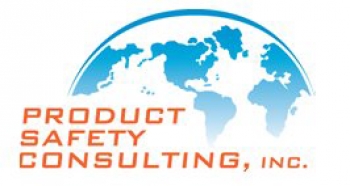The first and easiest place to start in understanding whether your product will comply is to look at its overall construction. Because we are dealing with lighting products and the carrying of electrical current over metal conducting material, or “live” current-carrying parts, you should always ensure that you’ve used a corrosion resistant metal or alloy such as silver, copper, copper alloy, plated iron or steel, or stainless steel. This may seem obvious to the product designer, but there are many products submitted each year to the major NRTLs that fail compliance on this basis alone.

This process has led production people to do small runs of 50 or 100 units, then they call us so they can avoid the whole system of full certification and follow-up service. We come to the site, inspect the units, label them, and then we go away. If you have another small run we can come back and do it again. We’ve already done the testing , so this time all we have to do is verify that the units you want labeled are the same. Once we do we put a sticker on them. That makes this follow-up less costly. Once we’ve labeled the units, we’re gone. In cases like these we are red-tag erasers. If you get red-tagged we can free the piece of machinery so you can get back into production.
Compliance Tip: Designating the Correct Driver Can Save Time and Money
LED Drivers have always been in the Recognized Component program at UL. One problem is being able to use multiple suppliers of Drivers without having temperature testing being repeated. UL was proactive in this regard and has introduced the TL program for Drivers. Get your Luminaire Listed with a TL rated Driver and get alternate Drivers added with no additional temperature testing. Your UL descriptive report still needs to be updated, but getting out of temperature testing speeds up the process. Talk to your suppliers or look in UL’s Category “FKSZ2” to find Drivers with a TL rating. Pick the hottest one your Luminaire can handle and adding lower rated TL Drivers is paperwork.

